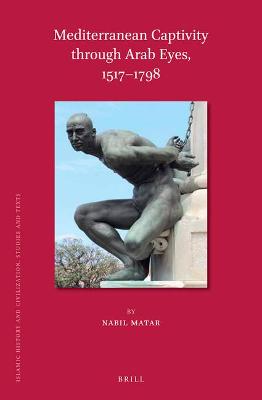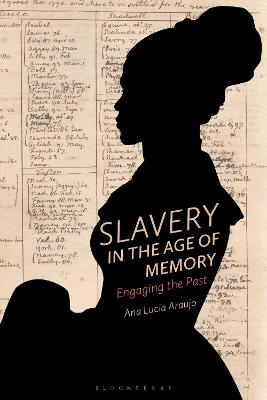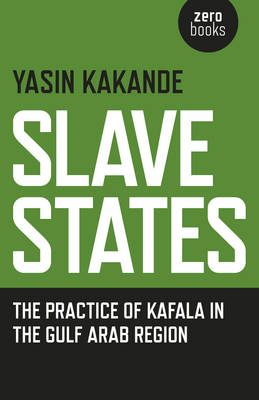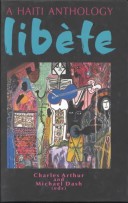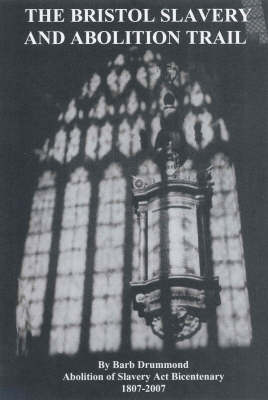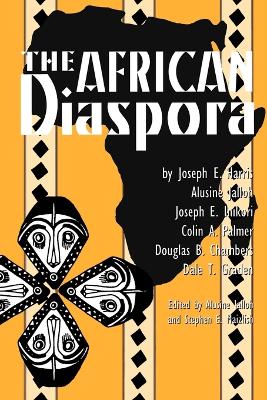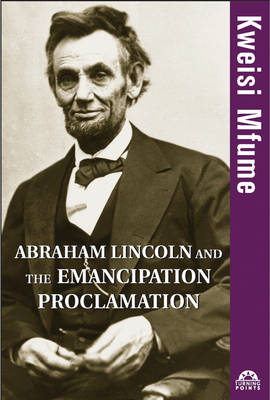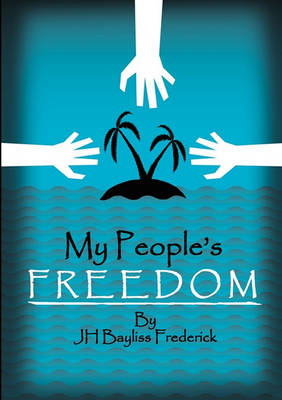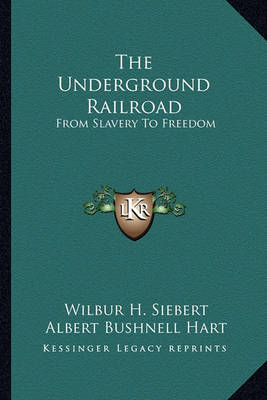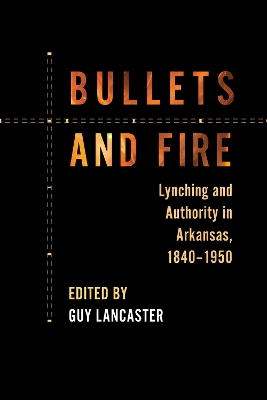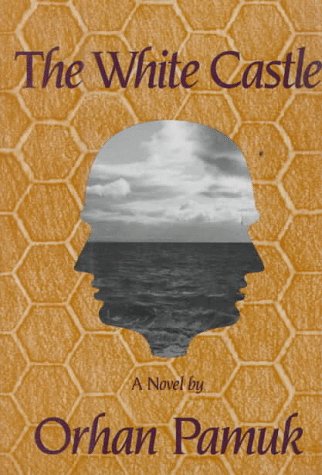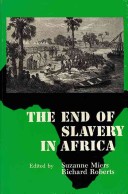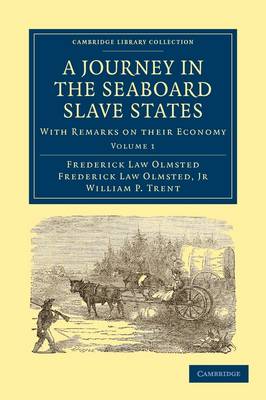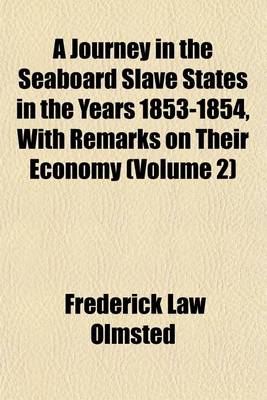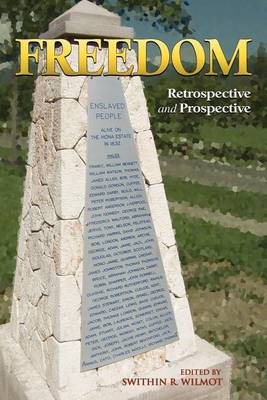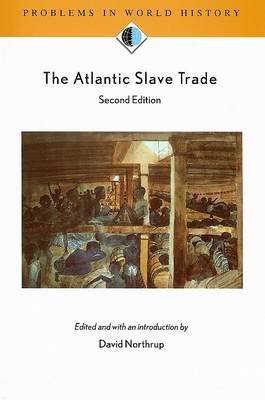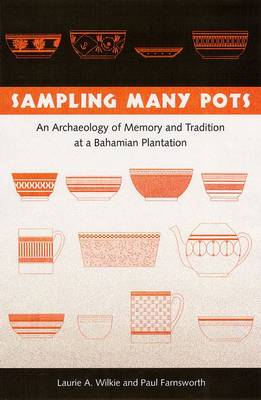Mediterranean Captivity through Arab Eyes, 1517-1798 (Islamic History and Civilization, #176)
by Nabil Matar
Mediterranean Captivity through Arab Eyes, 1517-1798 is the first book that examines the Arabic captivity narratives in the early modern period. Based on Arabic sources in archives stretching from Amman to Fez to London and Rome, Matar presents the story of captivity from the perspective of the Arabic-speaking captives who have not been examined in the growing field of captivity studies.
From the early days of the republic, American leaders knew that an unpredictable time bomb-the question of slavery-lay at the heart of national politics. An implicit understanding between North and South helped to keep the issue at bay: northern states, where slavery had been set on course for extinction via gradual emancipation, tacitly agreed to respect the property rights of southern slaveholders; in return, southerners essentially promised to view slave holding as a practical evil and look f...
Exploring notions of history, collective memory, cultural memory, public memory, official memory, and public history, Slavery in the Age of Memory: Engaging the Past explains how ordinary citizens, social groups, governments and institutions engage with the past of slavery and the Atlantic slave trade. It illuminates how and why over the last five decades the debates about slavery have become so relevant in the societies where slavery existed and which participated in the Atlantic slave trade....
Human Trafficking
Trafficking of persons is a modern-day form of slavery, threatening the dignity and security of millions of people throughout the world. Virtually every country in the world and every state of India is affected by this crime as a place of origin, transit or destination for victims. This book is an attempt to discuss various issues of human trafficking, including perspectives of various stakeholders. The book argues that crime cannot be dealt with only by applying piecemeal tactics. Instead, it...
A stark expose of the enslavement, trafficking, sexual starvation and general abuse of workers in the Gulf Arab Region.
The purpose of this text is to explore the resistance of Jamaica''s Maroons to British colonial domination. The central part of the book deal with the current history and organisation of the surviving Maroon villages in Jamaica'
During the 1840s and 1850s, a dangerous ferment afflicted the North-South border region, pitting the slave states of Maryland, Virginia, Kentucky, and Missouri against the free states of New Jersey, Pennsylvania, Ohio, Indiana, and Illinois. Aspects of this struggle--the underground railroad, enforcement of the fugitive slave laws, mob actions, and sectional politics--are well known as parts of other stories. Here, Stanley Harrold explores the border struggle itself, the dramatic incidents that...
The African Diaspora
As Africans and descendants of slaves have sought to expand an understanding of their history, focus on the African diaspora - the global dispersal of a people and their culture - has increased. African studies have assumed a prominent place in historical scholarship, and a growing number of non-African scholars has helped revise a discipline established over several decades. The six contributions in this volume were compiled as a result of the thirtieth Walter Prescott Webb Memorial Lectures he...
Abraham Lincoln and the Emancipation Proclamation (Turning Points in History)
by Kweisi Mfume
One of the nation's most respected civil rights leaders examines a key turning point in American race relations On January 1, 1863, Abraham Lincoln issued the Emancipation Proclamation. Though it did not grant freedom to slaves in border states, the proclamation changed the character of the Civil War and paved the way for the 13th and 14th Amendments in 1865. In this succinct, opinionated book, a distinguished civil rights leader discusses why Lincoln issued the proclamation, what it meant for A...
The Slaveholders' Dilemma (Jack N. & Addie D. Averitt lecture, #1)
by Eugene D. Genovese
In antebellum times slaveholders perceived themselves as thoroughly modern and moral men who were protecting human progress against the perversions spawned by the more radical aspects of the Enlightenment and the French Revolution. The slaveholders insisted that, in resisting the religious heresies, infidelity, ultra-democratic politics, and egalitarian dogmas then sweeping the North and Western Europe, they were proving themselves the firmest carriers of genuine progress itself. Surprisingly, t...
African Population and Capitalism
This is a synthesis of case studies and theory which takes issue with established African demographic theory, emphasising that demography is an historical process, a permanent and varied adaptation to social and economic change. The book covers 20 African societies in the sub-Saharan region, examining not the effects of slavery, colonialism and capitalism on each, but also the resistance and resilience of indigenous African institutions and individuals.
Bullets and Fire is the first collection on lynching in Arkansas, exploring all corners of the state from the time of slavery up to the mid-twentieth century and covering stories of the perpetrators, victims, and those who fought against vigilante violence. Among the topics discussed are the lynching of slaves, the Arkansas Council of the Association of Southern Women for the Prevention of Lynching, the 1927 lynching of John Carter in Little Rock, and the state's long opposition to a federal an...
Orhan Pamuk proffers a dazzling work of historical and philosophical fiction, set amid the scholarship and savagery of 17th-century Constantinople. When a young Italian scholar is taken prisoner, he becomes the slave and tutor of a Turkish scholar who is his exact double. THE WHITE CASTLE is a triumph of the imagination, as colorful and intricately patterned as a Turkish prayer rug.
This landmark book, now back in print, explores the historical experiences of slaves, masters, and colonials as they all confronted the end of slavery in fifteen sub-Saharan African societies. The essays demonstrate that it is impossible to generalize about whether the end of slavery was a relatively mild and nondisruptive process or whether it marked a significant change in the organization of these societies. This wide-ranging inquiry is of lasting value to Africanists and a variety of social...
Frederick Law Olmsted (1822–1903) was a journalist and landscape designer who is regarded as the founder of American landscape architecture: his most famous achievement was Central Park in New York, of which he became the superintendent in 1857, but he also worked on the design of parks in many other burgeoning American cities, and was called by Charles Eliot Norton 'the greatest artist that America has yet produced'. His A Journey in the Seaboard Slave States was originally published in 1856, a...
A Journey in the Seaboard Slave States in the Years 1853-1854, with Remarks on Their Economy (Volume 2)
by Frederick Law Olmsted
Freedom
The European-driven transatlantic slave trade in the seventeenth and eighteenth centuries was the largest forced movement of human beings in history. Over 15 million Africans were shipped to the New World and another 5 million died in captivity over a period of 250 years. The bicentenary of the abolition of the British Transatlantic Trade in Africans for enslavement was commemorated in 2007 and the University of the West Indies Mona campus marked the anniversary by making the bicentenary the foc...
A volume in the Problems in World History series, this book features a variety of secondary-source essays that are carefully edited for both content and length, making this single volume a convenient alternative to course packets or multiple monographs. Most often used as a supplementary text for upper-level courses, The Atlantic Slave Trade includes chapter introductions, essay introductions, and annotated bibliographies.
Sampling Many Pots
The enslaved population of Clifton Plantation was an early 19th-century cultural melange including native Africans, island-born Creoles, and African-American slaves brought by the owners from the American South as part of the Loyalist resettlement. This study of the multi-ethnic African community explores the diverse ways that members of this single plantation community navigated the circumstances of enslavement and negotiated the construction of New World identities within their families and wi...
